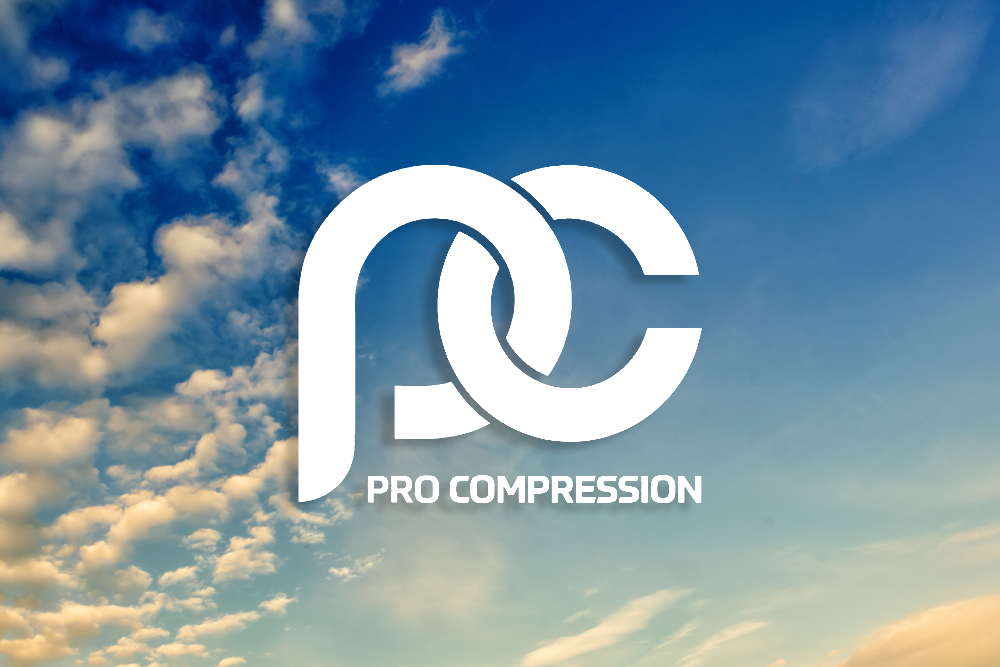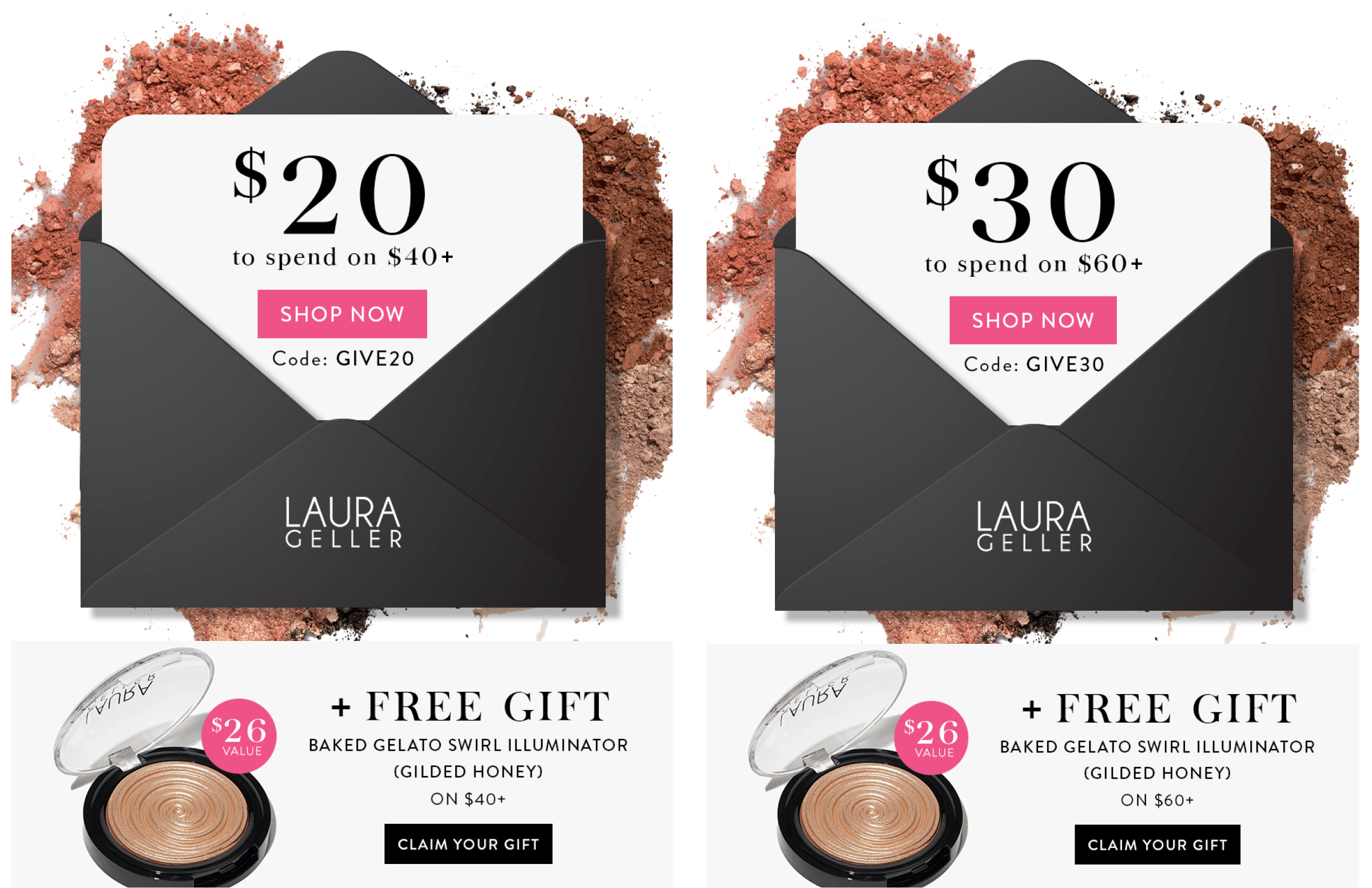By Ken Magill with Dela Quist
Pop quiz: Is email and branding or a direct-response marketing channel?
Answer: Yes.And that answer should inform every organization’s email strategy. Viewing email as a direct-response AND branding mechanism is a big shift from the way email has been traditionally viewed.
As discussed in this recent post, in most organizations sales across all non-email channels are significantly higher on high-volume email days than sales on low-volume email days.
This leads to two related conclusions: Most organizations are not sending enough email and the mere presence of email in customers’ inboxes has a branding effect that translates into sales across the organization.
In another recent post we discussed how making sure everyone on a marketer’s list gets one more email a week than they do now will significantly ramp up email volume without hurting the brand with individual subscribers.
So now we’ve got a thoughtful strategy for the volume issue. But in order to truly harness the power of email, we must address the branding issue, as well.Suddenly we’ve got 52 new emails going out per year that we know have significant branding potential. As a result, that one extra email a week should reinforce the brand and tell its story over time in its subject lines.
We’re not overly concerned with opens and clicks on a campaign-by-campaign basis. We’re primarily concerned with harnessing the power of email as a broadcast medium.Since we know email drives sales across non-email channels whether it gets opened or not, we also know the 52 extra emails we have just added to our mix do not have to be hard sells.
An insurance company, for example, can send seasonal emails about the proper winterization of boats and motorcycles, or how best to protect homes while on vacation. So while reinforcing its overall brand message of helping people protect their assets, it is also conveying the large assortment of coverage packages it offers.
Moreover, by monitoring who opens what, the insurance company can start to compile valuable information about which topics resonate with whom.So a homeowner’s insurance customer who opens an email aimed at motorcycle owners suddenly becomes a prospect for bundled coverage. A smart marketer will have a bundled-coverage prospect-follow-up strategy already in place.
No one would dream of launching a national television campaign, or even a large print catalog drop, without placing the proper retail location (if applicable), call-center and fulfillment resources against the effort.
Email should be no different but often is because many marketers are too focused on campaign-specific clicks and opens.
Once an organization embraces—from C-level executives on down—the power of email to drive sales across all channels simply by being present in customers’ inboxes, putting appropriate resources across all channels to support email broadcasts should become second nature.
The worst thing a marketer can do with email is treat it as a wannabe one-to-one direct response marketing channel. It’s ALSO a broadcast channel and only marketers who treat it that way as part of the mix will realize its full potential.




